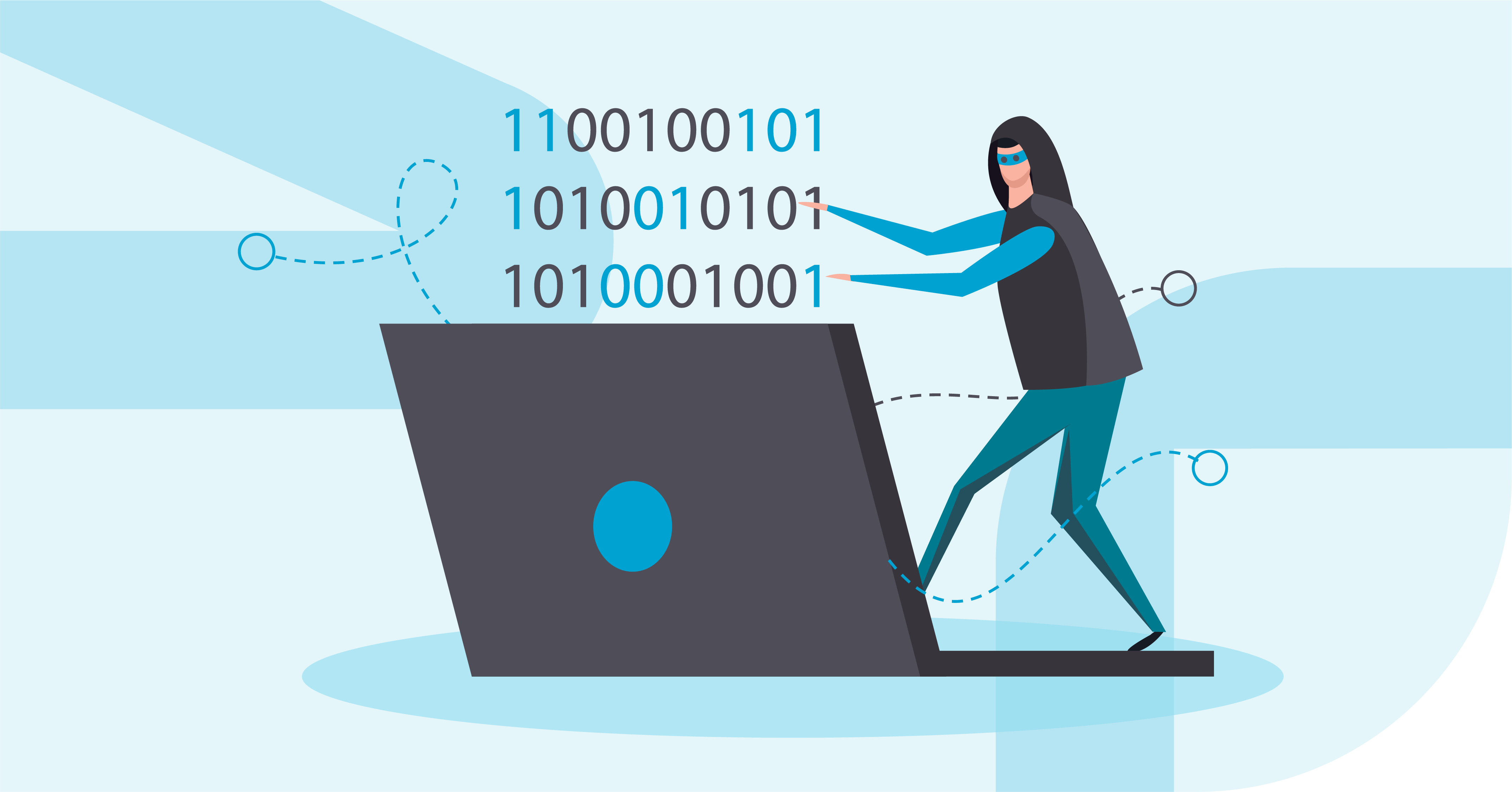Cyber-attacks take many different forms, making it essential to implement the correct defensive machine techniques to reduce the risk of being targeted by cybercriminals. Having systems hardening in place reduces the chances of being the victim of a cyber-crime.
Read on to find out about:
- What is systems hardening?
- Why should you use Ansible?
- Azure: one of the biggest computing platforms in the world
RELATED COURSE
Open Source Security for your Java Application
Ut enim ad minim veniam, quis nostrud exercitation ullamco laboris nisi ut aliquip ex ea commodo consequat. Duis aute irure dolor in reprehenderit in voluptate velit.
Start with Systems Hardening
Before we delve into Ansible and Azure, we need to learn more about systems hardening.
Systems hardening is a "collection of tools, techniques, and best practices reducing vulnerability in technology applications, systems, infrastructure, firmware, and other areas” as described by BeyondTrust.
The objective is to reduce potential attacks and condense the system’s attack surface, in order to minimize security risk.
What is Ansible and Why Should You Use It?
Ansible is an open-source development tool that improves automation across the organization and helps your business accelerate, orchestrate, and innovate.
Ansible is designed for a range of users, from developers and sysadmins, to release engineers and IT managers, anybody who’s interesting in automating solutions.
Since it’s also an open-source development tool, it comes free of charge! This makes it accessible to a large number of people and organizations. It’s supported by a large open-source community, including independent developers and organizations like Red Hat.


One of the Biggest Cloud Computing Platforms in the World: Azure
Microsoft Azure is one of the largest cloud computing platforms available, alongside AWS and GCP. Providing assistance ranging from web services, hosting your business in the cloud, all the way to having virtualized computers run your custom software solutions. A few other cloud-based services include remote storage, database hosting, and centralized account management.
Azure has categorized its features and services as:
-
Computing
-
Networking
-
Storage
-
Databases
-
Web
-
DevOps
Azure also has services in other categories such as Mobile, Web, Internet of Things (IoT), BigData, and AI.
Learn More in Our Related Course!
In our course, you and your team’s primary learning objective is to apply the Azure virtual machine hardening techniques in an automated Azure DevOps CI/CD pipeline. You'll learn to use Ansible to automatically deliver fundamental hardening configurations to the virtual machine.
By the end of it your team will be able to:
-
Understand fundamental virtual machine hardening practices with Ansible.
-
Build and integrate an Azure pipeline for automatically deploying Ansible scripts.
-
Engage with the Ansible and Azure communities to assist with specific software-related issues.
Systems hardening is a "collection of tools, techniques, and best practices reducing vulnerability in technology applications, systems, infrastructure, firmware, and other areas”
